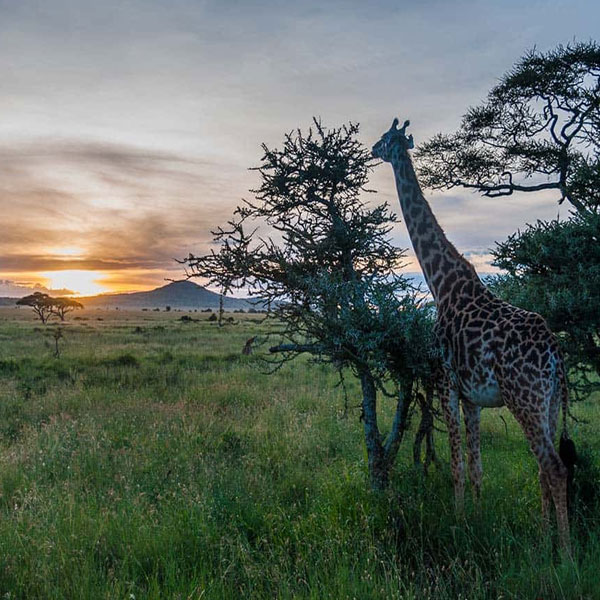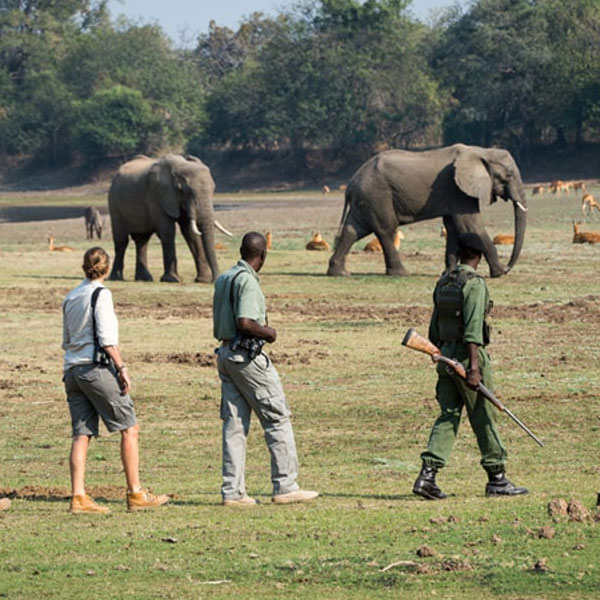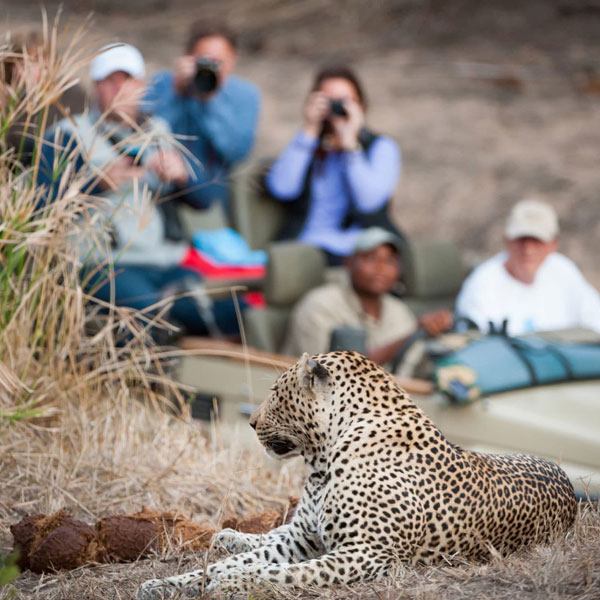Quick contact info
Where Find Us
ACU Building, 2nd Floor Room NO 207, Sokoine Road, P.O BOX 1932, Arusha, Tanzania
Ruaha National Park
OVERVIEW
Covering an area of 20,226 square km, Ruaha National Park is the largest national park in Tanzania. The park is great for the wild-lovers who love to see the predators and prey in action.
The park is located the West of the Selous Game Reserve, and South of The Serengeti. Ruaha is wilder and remote than Selous National Park.
Safaris here are some of the best you will find in the country and are superb value for money. Ruaha is most famous for predator concentration. 10% of the world’s total lion population resides here. The park is also home to one-fourth of East Africa’s cheetahs’ population and third largest wild dog population in the world.
The park got its name from the great Ruaha River, which is the main source of water for the wildlife. During the dry season, the river becomes dry and the little water left in the river is attracted by thousands of wildlife. This spectacular wild view is superb value for money.
The Wildlife
Ruaha offers great wild shows with the highest predator population. The most common predators include lion, leopard, cheetah, hyena and wild dog. See elephants, buffalos, wildebeests, hartebeests, sable antelopes, Grant’s gazelles, greater kudus and lesser kudus, zebras, defassa waterbucks, impalas and giraffes strolling almost everywhere in the park.
The interaction between predators and prey is the most amazing view for visitors coming to explore Ruaha National Park.
The Birdlife
With nearly 500 different species, Ruaha National Park is a fantastic destination for bird lovers.
The most commonly spotted birds are African fish eagle, Ashy starling, Black-bellied bustard, Goliath heron, Long-crested eagle, Collared palm-thrush, Crested barbet, Namaqua dove, Southern ground hornbill, Eleonora’s falcon, Emerald-spotted wood dove, Tanzanian red-billed hornbill, White-bellied go-away bird, Yellow-collared lovebird and many more.
November to April is best for viewing migratory birds.
Tanzania Travel Guides
Related Tanzania Destinations
Let Us Help Your Dream
Tell us about yourself. Once we learn more about you, we will recommend some travel ideas.








